Welcome to makeSPACE research
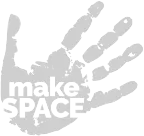
Read the articles

USING LINGUISTIC AND GESTURAL METAPHOR TO ENHANCE CREATIVITY IN THE CLASSROOM
Understanding Teachers' Creative Skill Development with Metaphor
Metaphor is a universal and creative meaning-making tool that helps us makes sense of our abstract and complex world. This study represents a rare exploration of creative multimodal metaphor in the educational context, starting first with teachers. We start with the premise that skill development in metaphor should support multidisciplinary instructional design and culturally relevant and responsive teaching for educators. We found that teacher training in creativity and arts integration can develop teachers creative skill development with metaphor in both gestural and linguistic modalities. We also found that teachers generated inventive ways to integrate metaphoric thinking and acting in their instructional design.
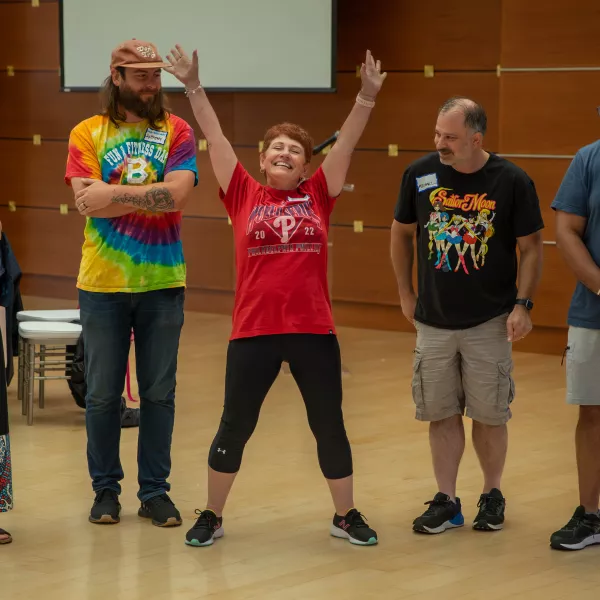
CULTIVATING CREATIVE AGENCY AND JOY IN TEACHING
Teacher Well-Being, Creative Agency, and Joy in Teaching
Creative development can materialize more resilience and joy and less stress for people, including teachers, but these connections have received little attention in research and practice. The results of this study begin to fill this gap by illustrating how the makeSPACE PD experience supported an increase in teachers’ creative agency, empathy, joy, buoyancy, and support in teaching during the pandemic and reduced their secondary traumatic stress.
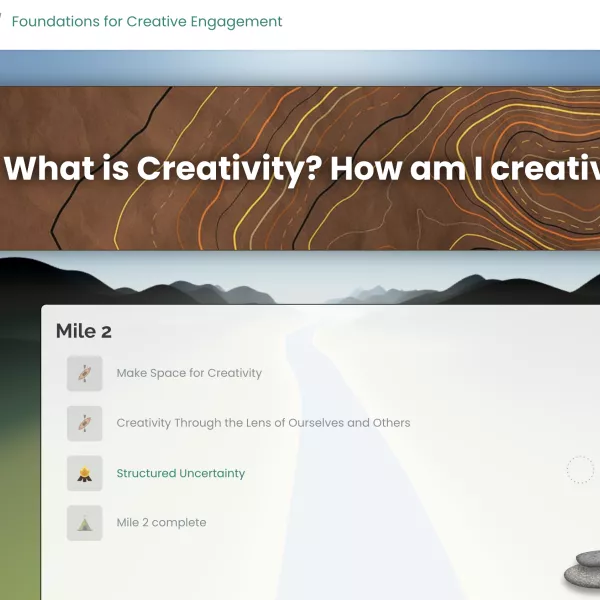
MODELING CREATIVE TEACHING THROUGH NETWORKED LEARNING
Design Principles and Innovations in Blended Online and In-Person Teacher Professional Development
What makes impactful online professional development for rural teachers learning creativity and arts integration? This mixed method-study explores the makeSPACE hybrid online and in-person training experience with K-12 teachers in the Northwestern region of the U.S. Results reveal innovations about networked learning approaches to teaching complex topics and practices, such as creativity, making online professional learning experiential and connected to be transformative.
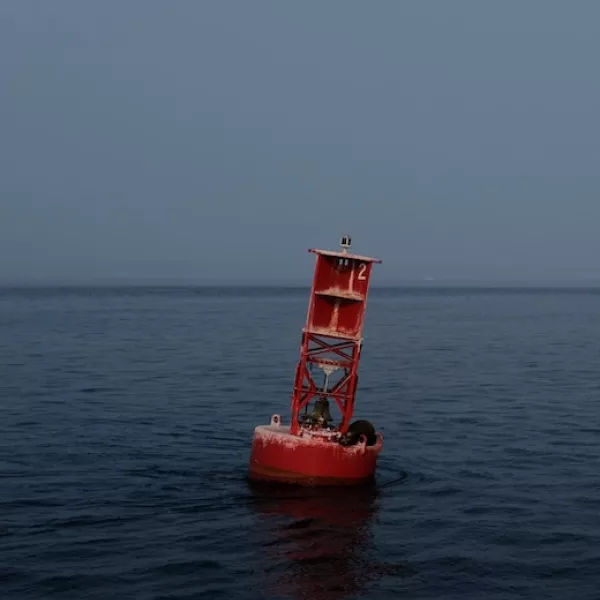
TEACHER CREATIVITY AND WELL-BEING DURING THE COVID-19 PANDEMIC
Generating buoyancy in a sea of uncertainty
During the global coronavirus disease 2019 (COVID-19) pandemic, teacher and student creative beliefs and affect play a supportive role in adaptively managing stress, finding joy, and bouncing back from inevitable setbacks with resilience. This study explores how teacher creativity linked to well-being in the face of COVID-19-related school shutdowns and how teachers planned to adapt creatively to distance learning through the guidance of a summer creative teaching training institute.
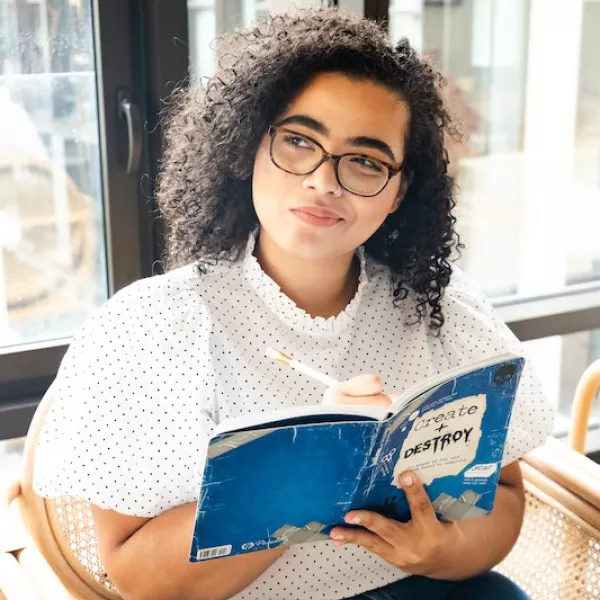
FOUNDATIONAL BELIEFS, VALUES, AND AFFECT FOR INTEGRATING CREATIVITY IN THE CLASSROOM
How am I a creative teacher?
Little is understood about how to effectively support teachers to understand and integrate strategies for creativity and arts integration in the classroom. This study addresses that gap by describing and testing a blended professional development (PD) model guided by the theory of change that teachers’ understanding and beliefs about creativity are foundational to their development as a creative teacher and their classroom implementation.
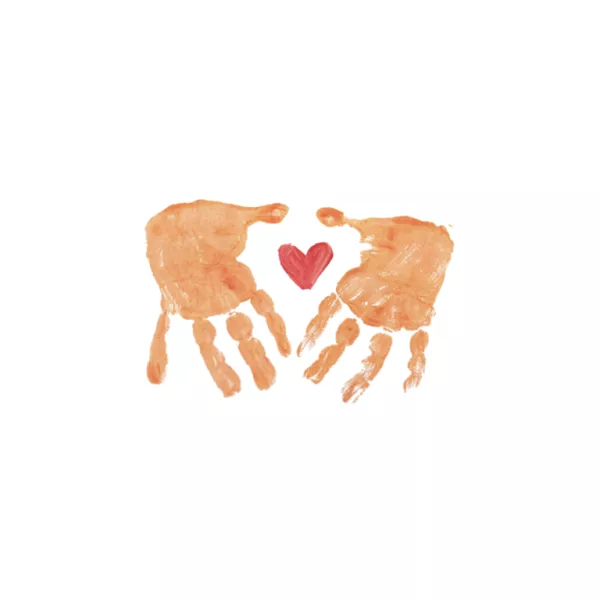
REFLECTION IN THE CREATIVE PROCESS OF EARLY ADOLESCENTS
The mediating roles of creative metacognition, self-efficacy, and self-concept
Generally, the self-perceptive and self-reflective dimension of creative production have received less attention than creative thinking. Yet, creative self-beliefs play a pivotal role in different aspects of the creative process and metacognition about the creative process may bridge self-perceptions to creative thinking through self-awareness, strategy selection, self-evaluation, and contextual knowledge. These two studies describe the nature of creative self-beliefs and metacognition in early adolescence within the model of creative behavior as agentic action.
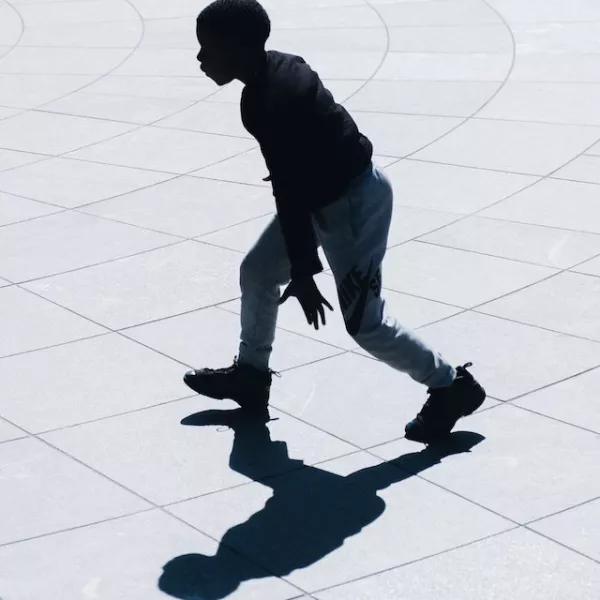
CREATIVE ENGAGEMENT
Embodied metaphor, the affective brain, and meaningful learning
This essay explores interdisciplinary models of embodied cognition, affective neuroscience, educational psychology, creativity theory, and science education. There are important educational implications of the need for meaning making through body–mind and affective interaction with a social learning environment.
Our research services
If you are looking for a research partner or collaborator to study, evaluate, or design educational or workplace programs aimed at creative development, reach out to us and start a conversation. Our team and collaborators are skilled in qualitative and quantitative methodologies to address a variety of questions. We pride ourselves on being adaptive and responsive to each partners’ unique context, and we aim to empower communities with creative agency.
